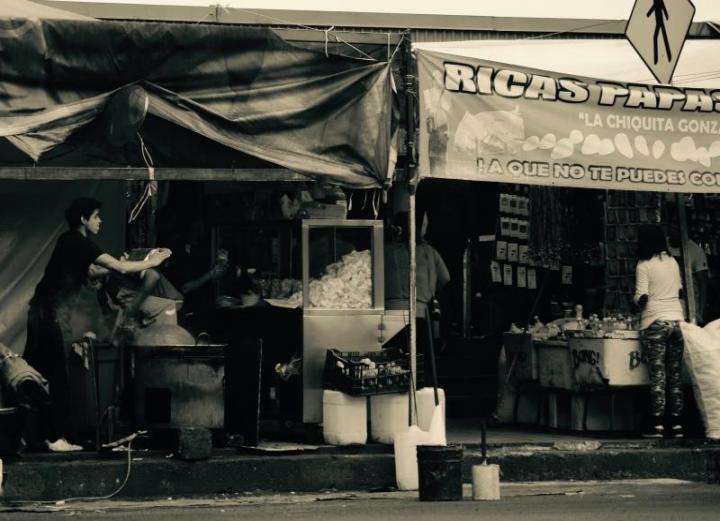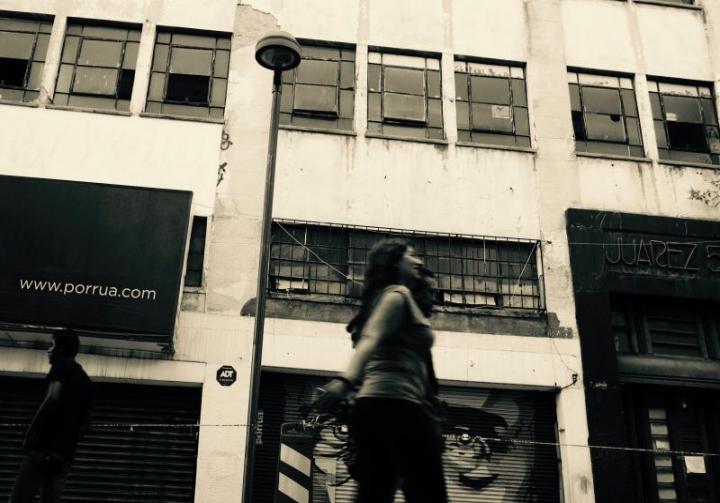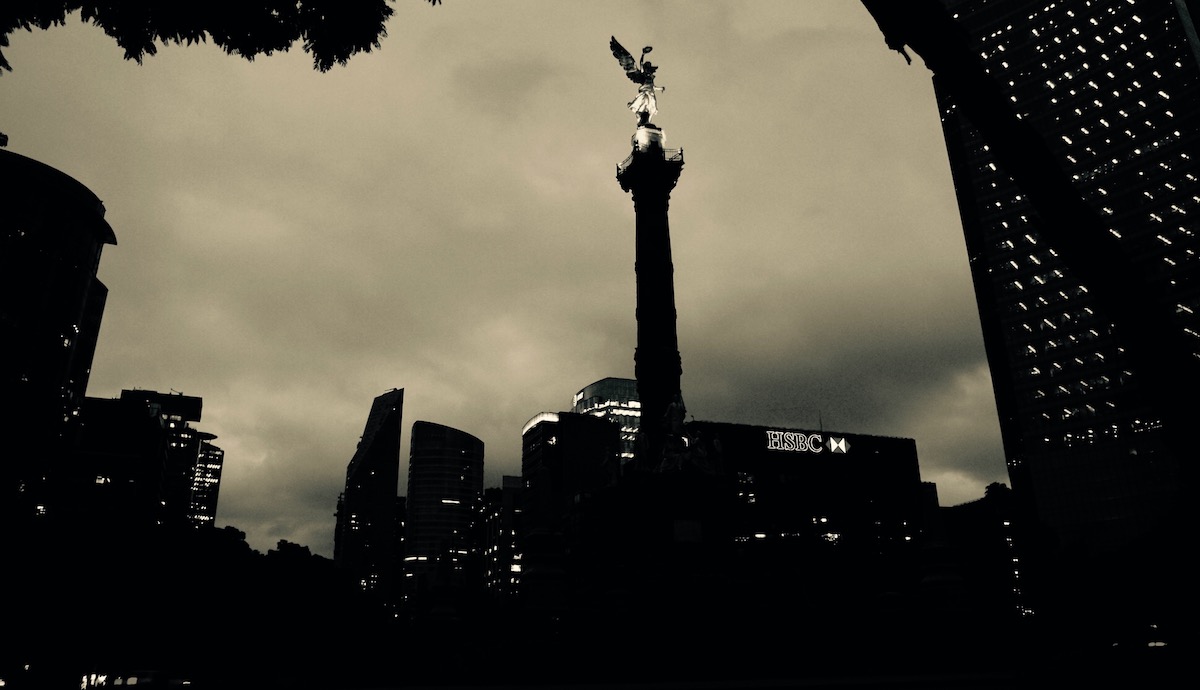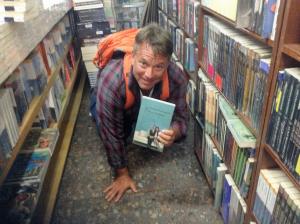I think about my story “La Bomba Grande” often these days because it begins in Mexico and I have now lived in Mexico for the entire year of 2017. It is the story of a young Mexican woman who figures out the secret of life and God and science, even though she has no formal training in any of those areas. She is then, of course, persecuted for her revelations and flees to the United States, crossing illegally (back when it wasn’t such a damn big deal). The story was accepted by NAR roughly six years ago, just as I was beginning my MFA program, and being published in such a prestigious magazine filled me with optimism about a writing career, almost every drop of which has now been beaten out of me. But that doesn’t mean I intend to stop writing. Quite the contrary.
I don’t think you absolutely need to travel before writing good descriptions. Douglas Adams does an exceptional job in Hitchhiker’s Guide to the Galaxy and I’m sure he didn’t do a lot of space travel beforehand. But it certainly doesn’t hurt to see things. When I wrote “La Bomba Grande,” I had limited experience with the setting of Mexico and many of the details I simply created and have no idea if they really exist or not. I doubt it. But the issue is not what is in the story. It is what is missing. Back then, I had no idea of the distinctive smell of the street grills or the specific physiological effects of being at high altitude or the music, which is everywhere in Mexico. Hemingway said: “A few things I have found to be true. If you leave out important things or events that you know about, the story is strengthened. If you leave or skip something because you do not know it, the story will be worthless.” Hopefully it is not all that grave, but it certainly helps to have experiences.
Now, after a year in Mexico, I have an entire catalog of details in my brain. For example, at the end of one of the metro lines here in Mexico City, there is a family business which is a collection of brothers slicing potatoes into a trash-can-sized vat of boiling grease all day long, their bodies gyrating to loud chaotic music. Ricas papas fritas. I almost always have to sit and watch them for a few minutes before moving on and I have incorporated them into my last three stories. Art is not just in museums. Sometimes it exists right out in the open like that. Just stay away from taxis and tourist attractions. Just start walking and you’ll eventually stumble across something that will inspire you.
But the best thing this year in Mexico has done for me, while I’m sure it has done nothing for my laziness problem, is clarify the idea of what it means to be an artist. If you want to be an artist in Mexico, it is a very simple matter, just commit yourself to it—the suffering. There is no long line of people waiting to take these positions here because being an artist in a poor country means working without a net. No weekend hobby stuff. No day job at Starbucks. No government loans. The point of your life will be the creation of art. It is a simple thing—you either have something burning inside you which is impossible to extinguish or you don’t. There are no dabblers in art here in this city or if there are, I haven’t seen them, and I have crossed this city every which way. What this all means in the end is that art is a very powerful force in Mexico, much more powerful than politics, which is evident by whose portrait they put on the money—Frida Kahlo, not some politician.
Anyway, I am no longer certain that I will have a popular book published one day, but I keep writing my stories anyway because success was never the point, even though I had mistakenly thought it was once. Of course, this doesn’t mean I don’t dream about writing something that makes people take notice of me and, to be honest, I have recently finished two stories which are the best writing I have ever done. I feel like I have “broken through” after years of not improving as a writer. I just submitted each of them, and it is hard for me not to be optimistic again, although I try to only think negative thoughts.



